Venezia, La Serenissima, is not only famous for its countless canals, bridges and palazzi, but also for the Carnevale di Venezia. Have you always wondered what the elaborate masks and costumes are all about? What is typical for the Venetian carnival? Then you will like this article. We have summarized the most important information about the topic. Learn more about the carnival in Venice. Buona lettura!
The Carnival in Venice
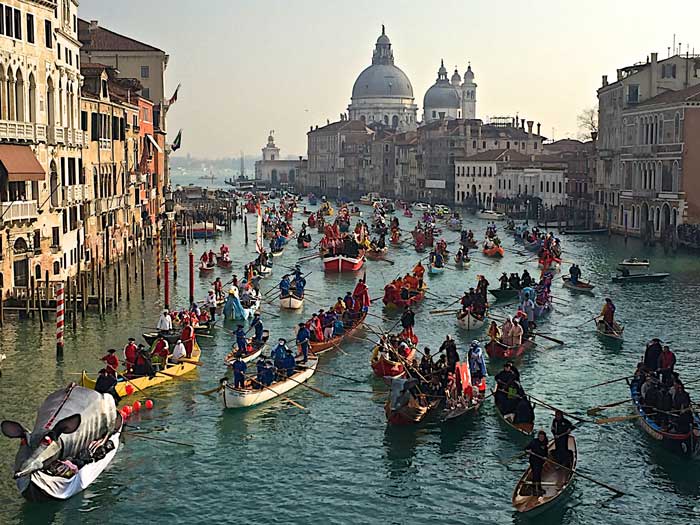
The origin of the Venetian carnival dates back to ancient times. For the first time a carnival festival was mentioned in 1094. The first verifiable mask dates back to the 13th century. The carnival became really posant during Casanova’s lifetime in the 18th century. One of the reasons for this was that customs became more and more relaxed. The carnival also provided anonymity, because the masks made it difficult to see who was hiding behind them. Thus, everyone was equal, regardless of whether they were rich or poor in real life.
In the past, the festivities began right after Christmas on December 26 and lasted six weeks until Ash Wednesday. Today, the Venice Carnival lasts eleven days, starting on the Saturday before Giovedì Grasso (Fat Thursday) and ending on Martedì Grasso (Fat Tuesday), the day before Ash Wednesday, when Lent begins.
The most famous masks
The masks and costumes are as diverse as the city of Venice itself. A distinction is made between half and full masks. Here we have for you a small overview of the most popular masks:

Bauta
The Bauta is the most typical mask of the Venetian carnival. It is very expressive and colorfully versatile. However, it is often seen in white in combination with a black cape and a tricorn. The mask has a pronounced chin area and it is possible to eat and drink under the mask.
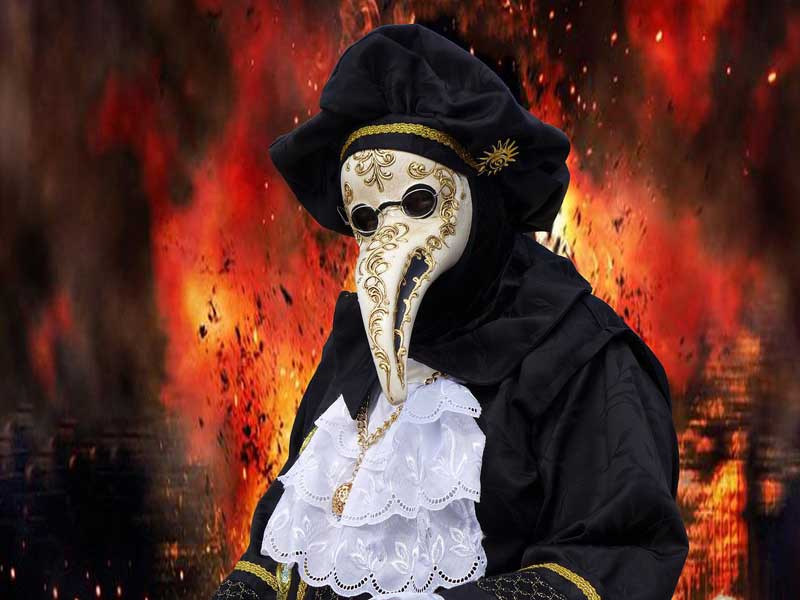
Dottore della Peste
Dottore della Peste mask is probably a bit scary. Also because the masking comes from the 17th century, where it was actually worn by the "plague doctor". Characteristic of this mask is the long beak. This should ensure the distance between patient and doctor. In the past, anyone who saw the "plague doctor" with his mask, long leather robe, hat and gloves would take flight. Thus, this masking probably still has a somewhat threatening effect today.
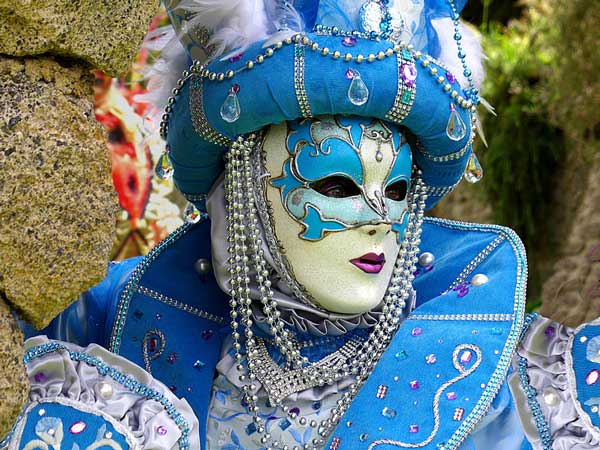
Volto
The Volto mask is probably the best known and popular. As the name (volto = face) suggests, the entire face is covered. The mask offers an enormous variety in terms of design. They are available: monochrome, colorful, as a neutral, laughing, crying or angry face. The Volto mask is very popular with young and old and is worn with pleasure.
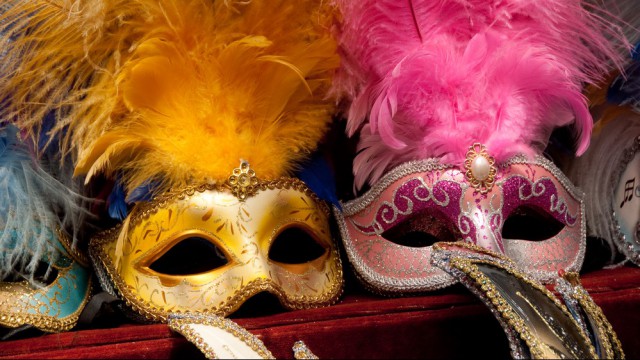
Colombina
The Colombina is one of the half-masks. It is wing-shaped and covers only half of the face. The name is derived from the shape and means "little dove". Most often this mask is worn by women, so it is a sign of femininity and at the same time very sensual. The Colombina is available in one color but also in colorful and often decorated with glitter and stones. This mask is also very popular outside the carnival.
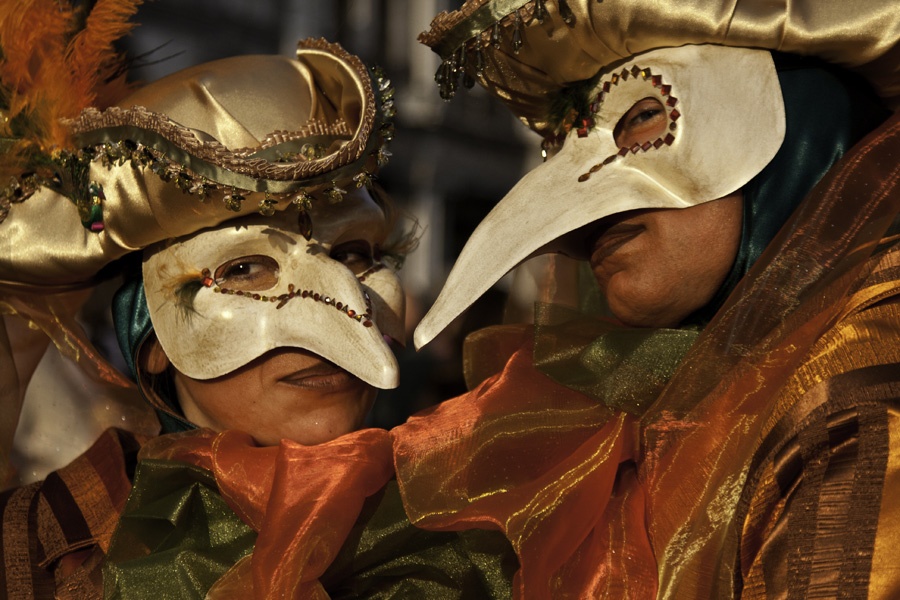
Zanni
The half mask Zanni is a must at the Venetian Carnival. (Do not confuse with the Medico della Peste mask!) Typical for the Zanni is the long and pointed nose. The mask is available in one color but also elaborately coloured. In black, the Zanni mask is very popular and looks gloomy and dangerous. It is said that Death wore such a mask when he passed through Venice.
Il Volo dell'Angelo
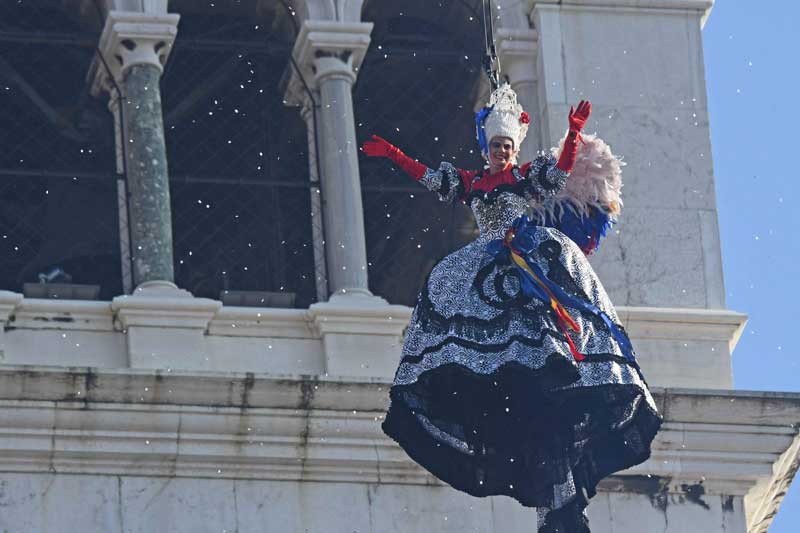
The official start of the Carnevale di Venezia is the Volo dell’Angelo (Angel’s Flight), which takes place on Carnival Sunday. The spectacle attracts thousands of people to St. Mark’s Square every year.
The Volo dell’Angelo has its origins in the 16th century, when a young acrobat balanced on a rope between the Campanile and Doge’s Palace. After a tragic accident in the 18th century, the Volo dell’Angelo was replaced by the Volo della Colombina (Dove Flight), in which a large wooden dove dropped flowers and confetti on the crowd. It was not until 2001 that the Volo dell’Angelo was introduced in its current version, in which the wooden dove was replaced by a real person. In the first years the role was given to a celebrity from the field of sports or entertainment, since 2011 floats over the crowd from the Campanile to the Doge’s Palace the winner of the competition of the Festa delle Marie from the previous year, of course dressed up and secured.
La festa delle Marie
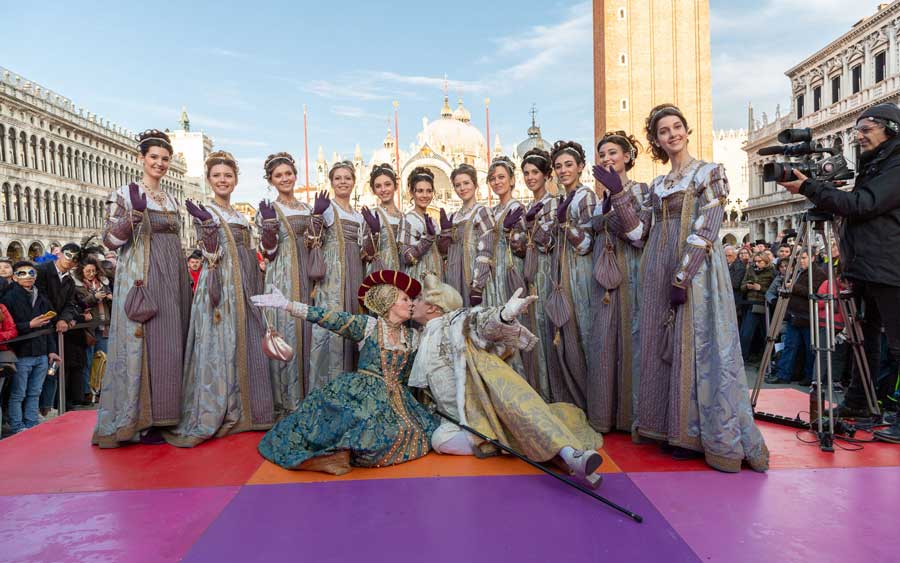
The Festa delle Marie (Feast of Marys) is a typical feast in the city of Venice since the 9th century. On this day in Venice were blessed all the couples who would marry within the year. The Festa delle Marie also included the election of the twelve most beautiful girls among the poor families of the city, who received dresses, jewels and a dowry. However, it often happened that the girls who were about to be married were courted by other men and, in the worst cases, raped. After the real girls were replaced for some years by unattractive wooden statues, in the 14th century the Festa delle Marie was completely abolished.
In recent years, the Festa delle Marie has been revived as part of the Venice Carnival; it is a re-enactment of the original festival, with twelve Venetian young women in medieval and Renaissance dresses parading in St. Mark’s Square. At the end of the parade, the most beautiful among them receives the title of “Mary of the Year” and becomes the main character of the Volo dell’Angelo of the following year.
The tipical frittelle
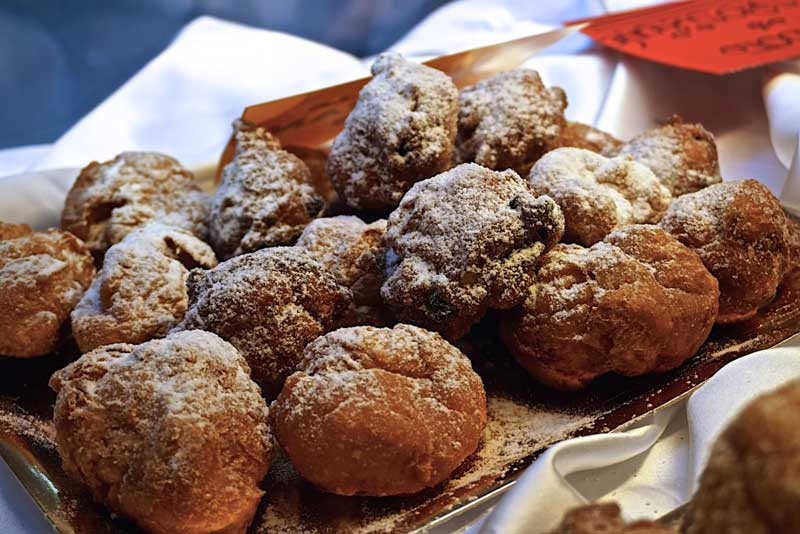
What should not be missing at any celebration? The sweets, of course! Typical for Venice are the frittelle.
Frittelle are small fried balls whose main ingredients are flour, sugar and yeast. Classically they come with raisins (incorporated in the dough) or filled with vanilla cream or chocolate. Davvero deliziose!
Picture sources: Oliveoilandlemons, vitadadonna, deliciousitaly, gliamicidiperrot, carnevale.venezia, Schutterstock


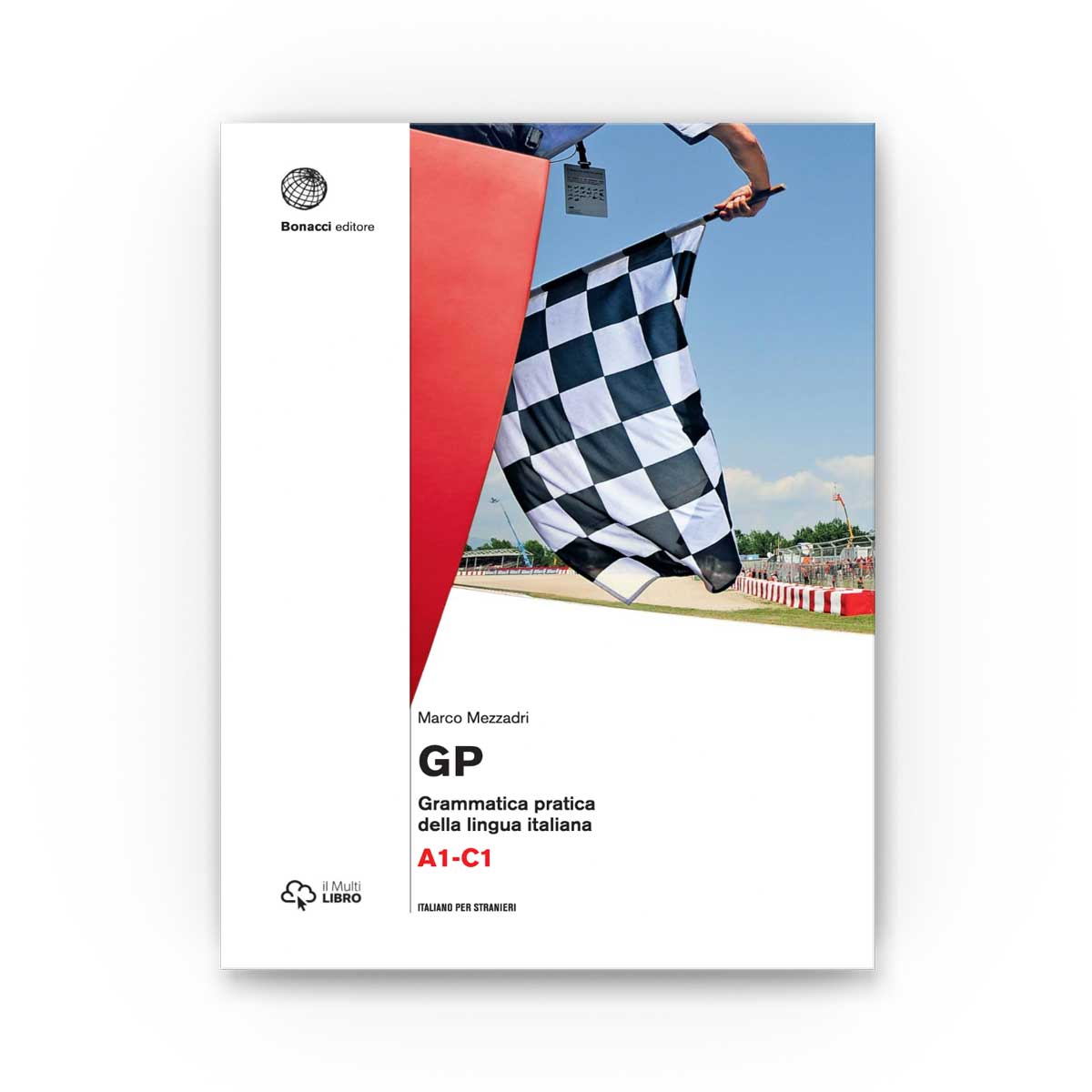



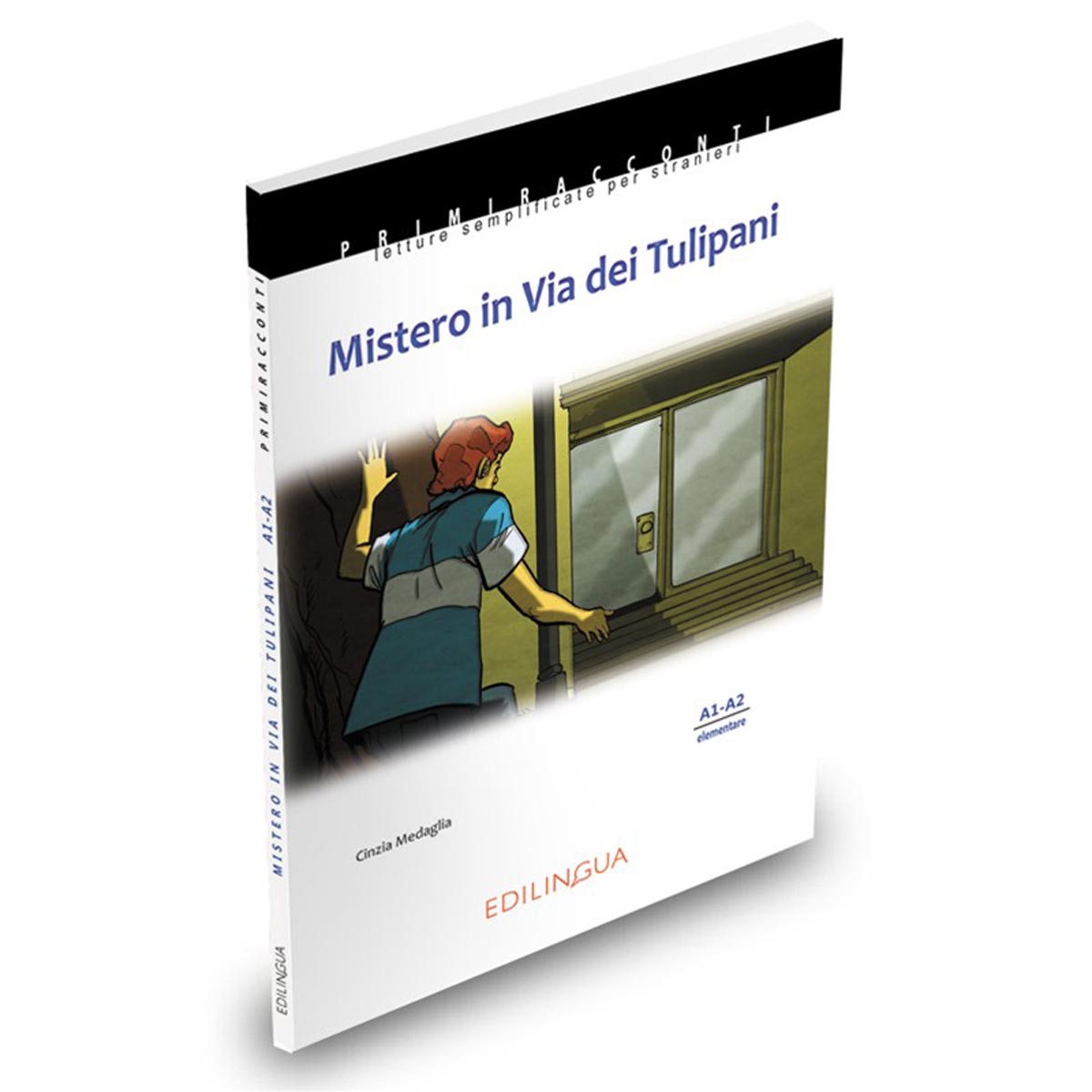
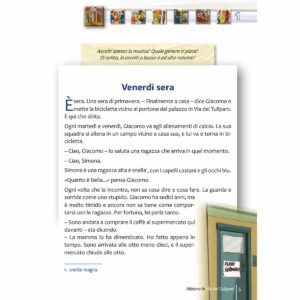


2 thoughts on “The Carnival in Venice”
Thank you, always interesting and a big hit with my students! Pls check the title spelling (Carnival, not Carneval in English, as in the article)
Ciao Arianna, siamo felici che il nostro sito piaccia ai tuoi studenti! Grazie mille per la segnalazione, abbiamo corretto subito 🙂
A presto e cari saluti,
Ellie